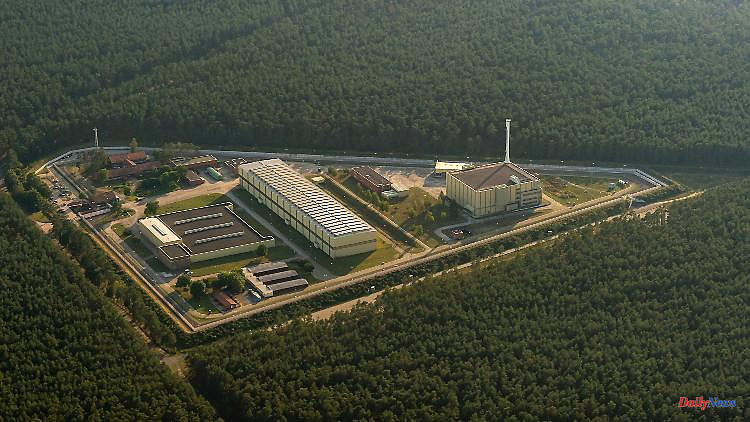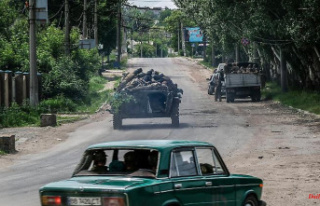For decades, the former Gorleben mine has been traded as a repository for highly radioactive nuclear waste. Finally, doubts about the geological suitability of the repository cannot be eliminated. The Federal Environment Ministry is now awarding a specific contract for the dismantling.
The federal government has created the formal prerequisites for the start of work on the final decommissioning of the Gorleben mine, which was once considered a potential nuclear waste repository. According to information, the Berlin Federal Ministry for the Environment has now given the Federal Society for Disposal (BGE) the specific order to backfill the pit via a shareholder resolution. Among other things, the decision creates the basis for the tendering of the corresponding orders.
The mine, built in an underground salt dome near the municipality of Gorleben in Lower Saxony, was researched for decades as a possible repository for highly radioactive nuclear waste. The project was highly controversial and a major focal point for anti-nuclear protests. In the course of a restart of the federal German search for a repository, the mine was finally removed from the list of possible sites in 2020 due to unresolvable doubts about its geological suitability.
In September 2021, the Federal Ministry for the Environment made the decision in principle to clear the mine again for lack of alternative uses. The shafts, in which nuclear waste was never stored, are to be filled with salt and all above-ground structures are to be removed. This is the task of the BGE, which owns Gorleben. The Federal Environment Ministry, in turn, is the sole shareholder of the state-owned company.
Gorleben has been in a temporary hibernation since 2013 and has not been further explored. Numerous facilities and buildings have since been removed. However, near the mine there is still an independent nuclear waste storage facility, to which numerous Castor transport casks with highly radioactive waste have been brought over the course of time.












